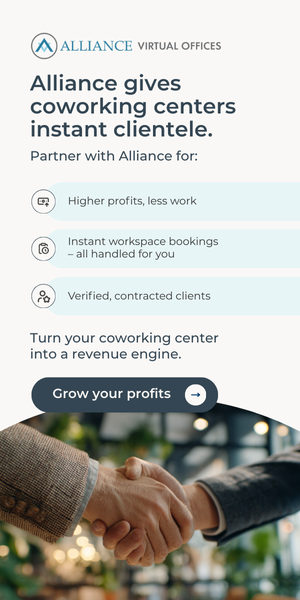According to a study from collaboration workplace management application Wrike, 94% of American workers experienced stress in the workplace.
Work-related stress can stem from various sources, whether it be poor management or strict deadlines. This can lead to numerous problems such as lack of sleep, hypertension, panic attacks, increased absenteeism and much more.
“A stress-free work environment is hard to achieve, as a certain level of pressure (or stress) is healthy to push the workforce to achieve the company’s revenue goals,” said Sarah Slate, an independent human resources consultant.
This is why many companies have started taking measures to ensure their work environment supports employees and reduces stress. For example, many include wellness programs, nap pods and quiet areas. While these options are great, they can often be expensive for smaller businesses.
A cost-effective way to reduce work-related stress is to let employees work from home on their own schedule.
“Our flexible work environment allows employees to balance both professional and personal priorities,” said Morgan Lewis, director of human resources at Nielsen-Kellerman Co. “Stress is unavoidable in the workplace, and we continue to assess our strategy to ease some of that pressure for employees so that they continue to enjoy coming to work each day.”
Nielsen-Kellerman in particular relies on technology to help their flexible workers communicate with managers about the projects they are working on. They’ve also created a measurement tool called the Nielsen-Kellerman Predictive Index to have a better understanding of the work styles of individual workers and teams so managers can better guide them.


 Dr. Gleb Tsipursky – The Office Whisperer
Dr. Gleb Tsipursky – The Office Whisperer Nirit Cohen – WorkFutures
Nirit Cohen – WorkFutures Angela Howard – Culture Expert
Angela Howard – Culture Expert Drew Jones – Design & Innovation
Drew Jones – Design & Innovation Jonathan Price – CRE & Flex Expert
Jonathan Price – CRE & Flex Expert











